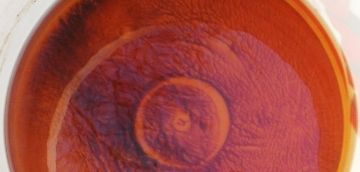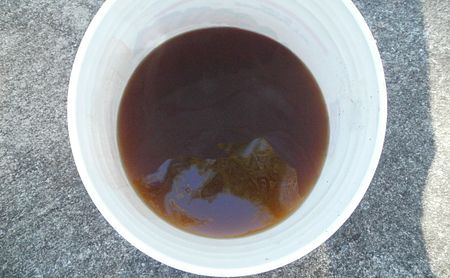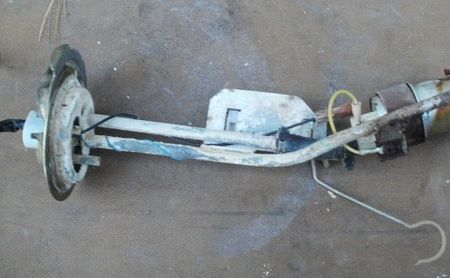QueenTheCar
New member
- Joined
- Dec 18, 2020
Hi guys,
This is my first post here, but yall have been a great resource since i started restoring my 1979 245 dl. I'm new to working on cars, not to mention k-jet. haven't found the need to post until now simply because there seems to be a thread about everything anyone would want to know. Since this car hasn't ran in 18 years and was very leaky before that I decided to replace the head gasket and do a valve job while i'm at it.
here's my question:
The air sensor plate in the air-fuel control unit isn't lifting up when I pull on it (seems like the plate may be hitting the edge of the venturi), but does go down slightly when I press it. I know on b21fts and v6 engines the plate goes down, but on b21f engines, shouldn't the plate lift upwards bc the airflow is upwards?


Basically i'm wondering whether there's something wrong with the afcu or if my understanding is flawed.
This is my first post here, but yall have been a great resource since i started restoring my 1979 245 dl. I'm new to working on cars, not to mention k-jet. haven't found the need to post until now simply because there seems to be a thread about everything anyone would want to know. Since this car hasn't ran in 18 years and was very leaky before that I decided to replace the head gasket and do a valve job while i'm at it.
here's my question:
The air sensor plate in the air-fuel control unit isn't lifting up when I pull on it (seems like the plate may be hitting the edge of the venturi), but does go down slightly when I press it. I know on b21fts and v6 engines the plate goes down, but on b21f engines, shouldn't the plate lift upwards bc the airflow is upwards?


Basically i'm wondering whether there's something wrong with the afcu or if my understanding is flawed.




